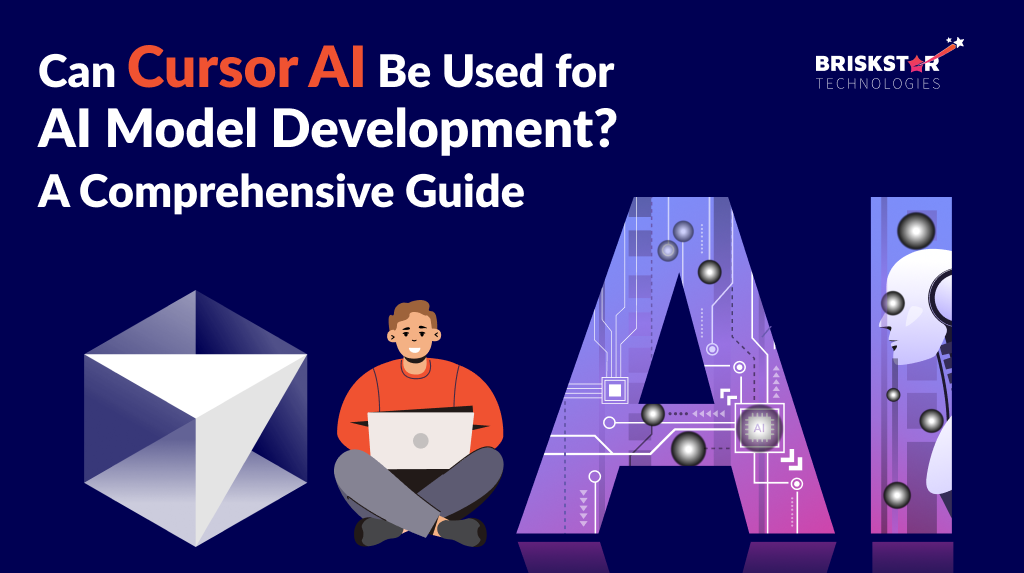.NET Core 3 and Support for Windows Desktop Applications
ASP.NET Core will continue to move forward in parallel and will have a release with .NET Core 3.0. Our commitment to web and cloud applications remains unchanged. At the same time, it’s time to add Windows desktop applications as another supported workload for .NET Core. We have heard many requests for desktop applications with .NET Core and are now sharing our plan to deliver on that. Let’s take a look at that.
Benefits of .NET Core for Desktop
There are many benefits with .NET Core that are great for desktop apps. There are a few that are worth calling out explicitly:
– Performance improvements and other runtime updates that will delight your users
– Super easy to use or test a new version of .NET Core for just one app on a machine
– Enables both machine-global and application-local deployment
– Support for the .NET Core CLI tools and SDK-style projects in Visual Studio
Few more set of improvements adding to both .NET Core 3.0 and .NET Framework 4.8:
– Access to the full Windows 10 (AKA “WinRT”) API.
– Ability to host UWP XAML controls in WPF and Windows Forms applications.
– Ability to host UWP browser and media controls, enabling modern browser and media content and standards.
The .NET Core deployment model is one the biggest benefits that Windows desktop developers will experience with .NET Core 3. In short, you can install .NET Core in pretty much any way you want. It comes with a lot of deployment flexibility.
The ability to globally install .NET Core provides much of the same central installation and servicing benefits of .NET Framework, while not requiring in-place updates.
Using .NET Core 3 for an Existing Desktop Application
For new desktop applications, we’ll guide everyone to start with .NET Core 3. The more interesting question is what the experience will be like to move existing applications, particularly big ones, to .NET Core 3. We want the experience to be straightforward enough that moving to .NET Core 3 is an easy choice for you, for any application that is in active development. Applications that are not getting much investment and don’t require much change should stay on .NET Framework 4.8.
Quick explanation of our plan:
Desktop applications will need to target .NET Core 3 and recompile. Project files will need to be updated to target .NET Core 3.
Dependencies will not need to retarget and recompile. There will be additional benefits if you update dependencies.
We intend to provide compatible APIs for desktop applications. We plan to make WPF and Windows Forms side-by-side capable, but otherwise as-is, and make them work on .NET Core.
In fact, we have already done this with a number of our own apps and others we have access to.
The biggest experience improvements with SDK-style projects are:
- – Much smaller and cleaner project files
- – Much friendlier to source control (fewer changes and smaller diffs)
- – Edit project files in Visual Studio without unloading
- – NuGet is part of the build and responsive to changes like target framework update
- – Supports multi-targeting
The first part of adopting .NET Core 3 for desktop projects will be migrating to SDK-style projects. There will be a migration experience in Visual Studio and available at the command line.
Tags :
Desktop Applications
DotNet Core 3
![circle-shapes]()











